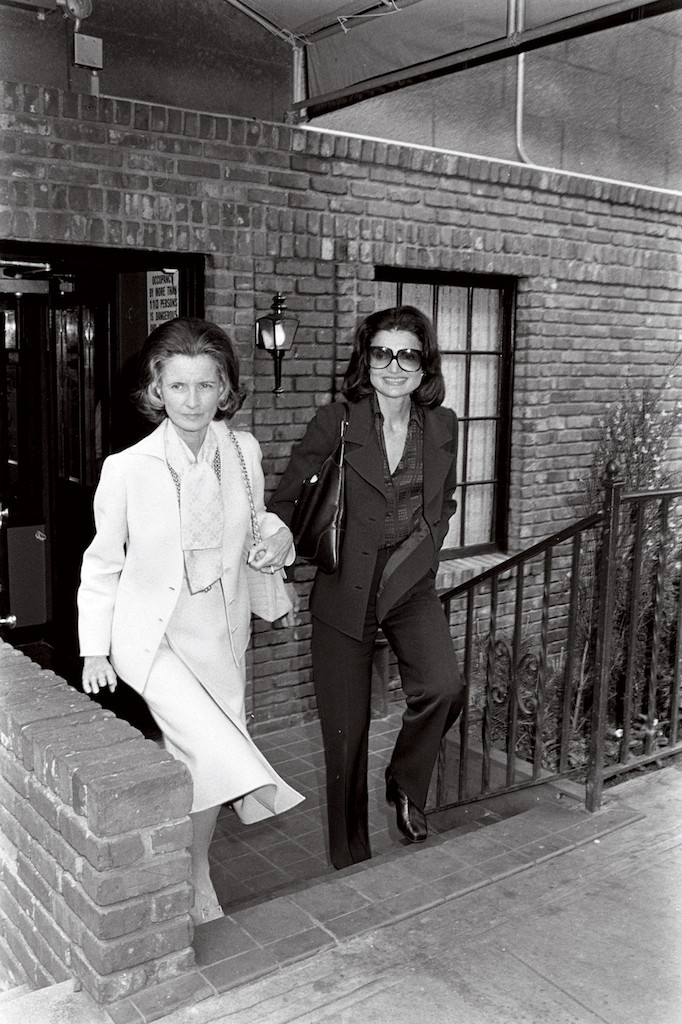[ad_1]
Jayne Wrightsman, the fabled art collector whose social aspirations and careful self-invention vaulted her to the top of New York society during the second half of the 20th century, died in April at the age of 99. In life she attracted admirers including Oscar de la Renta and confidantes such as First Lady Jacqueline Kennedy (who relied on Wrightsman’s expertise to help redecorate the White House). In death, many tributes attest to her mystique: severe, self-effacing, terribly grand, impeccably mannered; an anonymous socialite source described Wrightsman in a 2003 Vanity Fair profile as a “Proustian figure, like Madame Verdurin.”
Wrightsman, who appeared on the ARTnews Top 200 Collectors list from 1990 through 1998, was a self-taught connoisseur and collector of 18th-century French decorative arts, as well as Old Masters (El Greco and Vermeer) and Impressionists (Monet and Renoir). Wrightsman and her husband, oil magnate Charles Wrightsman, made donations to the Metropolitan Museum of Art that included 13 French period rooms named in their honor; the museum’s longtime former director Philippe de Montebello described their contributions as “substantial—and in the aggregate, colossal.”
Wrightsman was born Jane Kirkman Larkin in Flint, Michigan, but her parents’ separation uprooted her to Hollywood, California, where she grew up. She determined early the importance, and malleability, of one’s image, adding the “y” to her name as a teenager.
Well-trained grace and easy glamour scored her invites to places like Hearst Castle; at a party, she caught the eye of Charles, then president of Standard Oil of Kansas. They married when she was 24. Early on, she taught herself French art and aesthetics, and she was a tireless student. Their Park Avenue home—once owned by European collector Baroness Renée de Becker—maintained museum-standard temperatures of 72 degrees and 55 percent humidity to preserve, among other things, a diary owned by Marie Antoinette and Louis XV’s red lacquer desk.
The Wrightsmans, who were both trustees of the museum by 1975, made other considerable donations to the Met, including Georges de La Tour’s The Penitent Magdalen (1640), Gerard David’s Virgin and Child with Four Angels (1515), Vermeer’s Study of a Young Woman (1667), and works by El Greco and Giovanni Battista Tiepolo. The New York Times once described her gifts to the Met as a “mix of truth and fantasy,” not an ill-fitting description for Wrightsman herself, who succeeded in fashioning her immediate world to her exquisite vision.
A version of this story originally appeared in the Fall 2019 issue of ARTnews under the title “Jayne Wrightsman (1919-2019).”
[ad_2]
Source link

